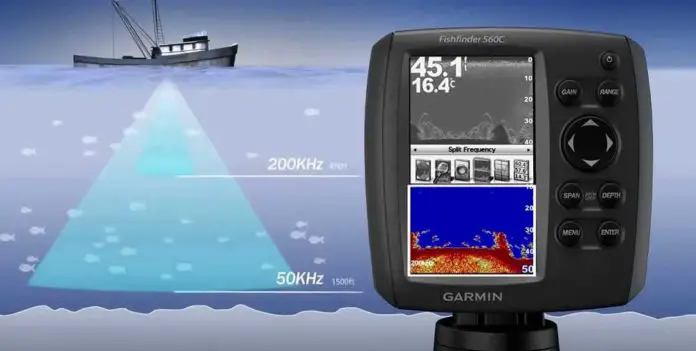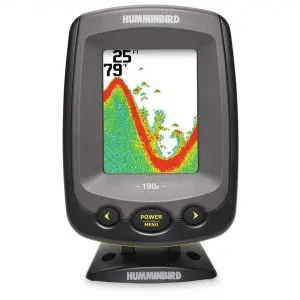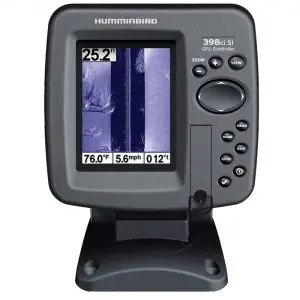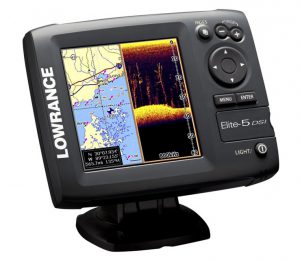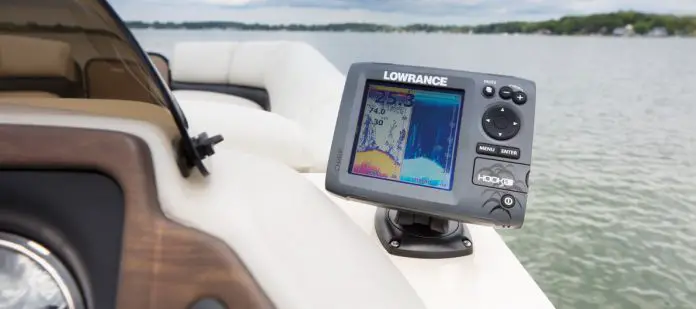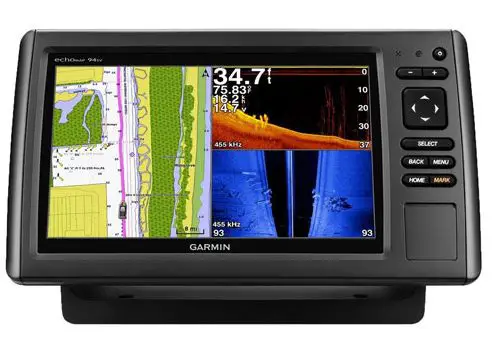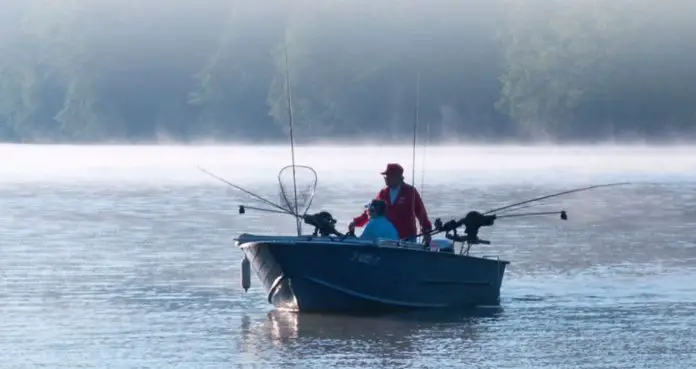The world of trolling motors can be a confusing one, especially if you’ve never gone online and attempted to buy one before. With many different models available, all of which come with many different prices attached, choosing a trolling motor is, for many people, more a case of guesswork than anything else. The result? Many people end up with a trolling motor that isn’t perfect for them, often impacting on the way in which they enjoy their time out fishing.
This article aims to change all that though. It will go through everything, from what trolling motors are through to how to choose a trolling motor that suits you, so you are completely informed before you decide which one to purchase. Don’t want to read then here is our suggestion for a basic transom mounted trolling motor that works in saltwater as well as freshwater.
Looking for a trolling motor that works great in both Freshwater and Saltwater?
It will also tell you about seven trolling motors that are considered some of the best on the market. The end result? You should be able to make the best decision possible when you make your purchase.
Best Freshwater Trolling Motors
By now, you should have a pretty good idea of what you need in a trolling motor. To give you a little extra help though, we’ve listed seven of the very best freshwater trolling motors currently on the market in the USA.
Minn Kota Edge 45 Bowmount Foot Control Trolling Motor
Minn Kota are known as the biggest name in the world of trolling motors, and they supply motors at a range of different prices. This one is definitely not one of their cheapest, although enthusiasts will absolutely love what they get for their money. It is a trolling motor that can be mounted extremely easily, thanks to the latch and door mount, and this also means it can be removed for cleaning and maintenance with no hassle at all.
It’s also built with strength in mind, they even say that the composite shaft is guaranteed for life, showing that they’re incredibly confident in the design. Everything else comes with a two-year warranty attached.
Perhaps the most important feature of this trolling motor is the fact that it comes with an ergonomic foot control pedal, which allows you to control the speed of your vessel incredibly easily. This easy control is further enhanced by the five forward speeds.
It is not suitable for those who plan on using their trolling motor in saltwater though Minn Kota instead have another range for this purpose, called Riptide. For those looking for a high-quality, reliable trolling motor for freshwater use though, this could be a fantastic choice.
Minn Kota Terrova 80 Bow-Mount Trolling Motor
Okay, this is a trolling motor for real enthusiasts, and most certainly the most expensive one on this list. It really does come with pretty much everything you could ever need though, including loads of power, some great gadgets, and the high-quality build you’d expect from any product built by Minn Kota.
Perhaps the biggest selling point of this trolling motor is the pre-installed i-Pilot, which allows you to keep focused on your fishing. This is because it will use GPS technology to remember your best fishing spots, and you can also activate cruise control, knowing that your vessel is safe in its hands.
When you’re in control though, you’ll have a full 80lb of thrust at your disposal, ensuring that even the most inclement conditions can be dealt with easily.
When it comes to the more practical aspects of this trolling motor, it has everything you need. The materials used in its construction are all of the highest quality; the motor is held in place sturdily and without concern; and the foot pedal makes control incredibly simple.
So, if you are prepared to spend big bucks on the trolling motor (this one comes in at around $1,550), the Minn Kota Terrova 80 could be an absolutely brilliant choice.
Haswing and Aquos 12V 20lbs Electric Trolling Motor
No products found.
While the previous entry is certainly for those with deep pockets, this one is at the other end of the scale, as it is one of the cheapest trolling motors around. Despite its low price though, it still has more than enough about it to work perfectly in both feshwater and saltwater for many anglers, although it is also only suitable for the smallest of boats, thanks to the fact it only produces 20lb of thrust.
This means that it is mainly used by those looking to attach a trolling motor to their kayak or inflatable, and certainly shouldn’t be considered for larger vessels. Despite its low price, it still manages to include an integrated LED display though, something not found on other, more expensive models which lets you know when your battery power is running low.
But what other features does this incredibly affordable trolling motor have? Well some of the more important ones include an adjustable depth collar, four different speeds (two forward, two reverse) and a shaft length of 23.6 inches.
It also comes with an adjustable handle, so it can be changed to suit your personal preferences. So, this trolling motor might not have all the fancy gadgets and snazzy features found on some other trolling motors, but it should be a very good purchase if you are looking to stay within a tight budget.
It would also be a good buy as a first trolling motor if you find that you really enjoy adding one to your kayak, you could always then purchase a new, more advanced one.
Goplus New 86lbs Freshwater Transom Mounted Trolling Motor
For its price, it really is quite incredible that this trolling motor manages to provide such high performance, coupled with some really useful gadgets. For around $275, you’ll be able to get a trolling motor with the ability to produce 86lb of thrust, which is enough to power a vessel measuring up to 21ft.
This kind of thrust is only usually found in trolling motors costing double the amount, so it will be very appealing to larger boat owners with a need to keep costs down.
What’s make this trolling motor even more appealing is the fact that it offers eight speeds (five forward, three reverse) which, yet again, is more offered than many other higher priced motors.
There’s also a really nice gadget that comes with this trolling motor, and it’s a 10 point LED battery indicator. This means that you should never find your battery running out at the wrong time.
Other features include a six-inch adjustable handle and a three blade propeller, which ensures a vessel moves smoothly through even the weediest of areas. It should be noted that this trolling motor is only suitable for freshwater use though.
It should also be mentioned that this trolling motor might not look the sturdiest to the naked eye, however it does prove to be robust when used.
Haswing Cayman 12v 55lbs Bow Mount Electric Trolling Motor
This trolling motor from Haswing is suitable for both freshwater and saltwater use, but the biggest feature it has is the massive 10 different speed settings it offers double the amount offered by some other models.
This leads to fantastic control, with the ability to cruise gently or up the revs and move a little faster. The fact that it has such a long shaft length (48 inches) will also make this a particularly appealing trolling motor for some buyers. Of course, this means that it’s not so suitable for use in shallower waters though.
The Haswing Cayman is certainly a medium priced trolling motor it’s not so cheap as to be affordable to everyone, however it also isn’t prohibitively expensive.
If you like the look of it, you should expect to pay around $430. It is also possible to purchase a quick release plate for this trolling motor, although the standard fittings are perfectly good quality.
Intex Trolling Motor for Intex Inflatable Boats
Intex Trolling Motor
- Intex Transom Mount Trolling...
- There will be no part of the lake...
- Ideal for a wide variety of boats...
This is a trolling motor specifically designed for inflatable boats. While the title states that it is for use with Intex boats, including the Challenger 3 and Seahawk models, in reality it works perfectly with inflatables of all types, providing they have built-in motor mount fittings.
There’s no arguing with the fact that this is a simple trolling motor, however what more could be expected for $120? It does the basics very well though, making it perfect for a beginner or an occasional fisherman.
There are some really nice features found on this inexpensive trolling motor, including an automatic escape weed control key, a battery meter and overload protect controls. It also has eight speeds – five forward and three reverse.
To power this motor, you will need to purchase a deep cycle marine 12V battery, and it must have at least 60 ampere hours rating.
Best Saltwater Trolling Motors
Trolling motors aren’t always used for gentle trips down rivers and over lakes though – so people want to attach them to their boat or kayak and head out into the ocean. So, here are the five best saltwater trolling motors…
Newport Vessels 55 Pound Thrust 8 Speed Electric Trolling Motor
Newport Vessels are a well-regarded name in the world of trolling motors, and this particular motor is one of their very best. It is able to kick out 55lb of thrust, which makes it suitable for vessels up to around 18ft, which should be more than suitable for most fishermen looking to add a trolling motor to their boat or kayak. It also comes with eight different speeds (five forward and three reverse), making it adaptable to many different situations.
This is also a trolling motor that is specifically designed for saltwater use (although it can still be used in freshwater). This is down to the fact that the hardware is constructed from stainless steel. The head is made from aluminum, to keep the weight down, while the shaft is constructed from fiberglass, meaning that it’s incredibly strong.
It’s also important to mention that the shaft is 30 inches long, making it suitable for the vast majority of small vessels. Finally, it includes an LED battery meter, so you know when the battery is starting to run low. All in all, this is a trolling motor that manages to pack in a lot of features for its price!
Newport Vessels NV-Series 36lb. Trolling Motor
If you’re looking for a true saltwater trolling motor, built specifically with saltwater in mind, then this offering from Newport Vessels could well be the one for you. As with any motor constructed by this reputable company, it is built to the highest standards, leading to the best possible quality of ride.
The main feature to mention about this saltwater trolling motor is that it is built with stainless steel to make it suitable for saltwater use, while the 30-inch fiberglass shaft makes this trolling motor perform well in deeper water.
Other important aspects to mention about this trolling motor include the fact that it can boast eight different speeds; it has a five-point LED battery meter; and the fact that it produces 36-lbs of thrust, which is more than enough to power most small vessels, including kayaks.
It should also be mentioned that, although this trolling motor has been specifically designed for saltwater use, it can also be used in freshwater.
Minn Kota Riptide Fortrex Saltwater Bow-Mount Trolling Motor with Hand Control
If you’ve read some of the other reviews on this page, you’ll already know that Minn Kota trolling motors are some of the best around. This does means that the price reflects this though, however this shouldn’t worry those who are more serious hobbyists.
With a massive amount of thrust, this saltwater motor has the ability to pull larger vessels, while the CoPilot hand control feature ensures that piloting using this motor is an absolute breeze. So, it might be priced at around $1,000, but you still get a huge amount for your money.
The 54″ shaft on this trolling motor ensures that it can function incredibly well in even the deepest of water, however this does mean that it isn’t too suitable for use in freshwater, unlike some other saltwater trolling motors. There is also a freshwater version of the Minn Kota Riptide Fortrex.
There are also various optional extras that can be added on to this trolling motor, including i-Pilot and a foot pedal. As with the majority of trolling motors, it does not come with a battery, so one will need to be purchased. It does come with a comprehensive warranty though, so you can be confident when you purchase.
MotorGuide Wireless Saltwater Bow Mount Trolling Motor
This trolling motor is by far the most expensive on this list, meaning that it is only suitable for those with deep pockets. While it costs around $2,000, you get a huge amount for your money, and this motor will complement any vessel perfectly.
The biggest feature to mention is the wireless technology, which enables commands and steering to be given from anywhere on the boat.
Can’t Find What You’re Looking For? Check these suggestions:
Other things to know about this trolling motor are that it has a built-in battery meter, that it offers digital speed control, and that it also offers a unique deploy and stow mechanism.
It is incredibly tough to find anything wrong with this saltwater trolling motor, however you wouldn’t expect to, considering the price! Don’t forget that a good-quality battery will also need to be purchased, which will add some more money to the overall cost.
Best Minn Kota Trolling Motors
A lot of people have brand loyalty to Minn Kota – and understandably so, since they make such awesome motors. To that end, here is a list of the best Minn Kota motors:
- Minn Kota 70 SP: Built for saltwater fishing, the Minn Kota 70 SP is corrosion resistant and has built in GPS to make sure your boat does not drift where it’s not supposed to. The technology is so advanced that you just have to set a course and the motor will do the rest of the work. The only catch is that it is a little pricey, but you definitely get what you are paying for.
- Minn Kota Terrova 80: The Terrova 80 by Minn Kota is like the Ferrari of trolling motors. It’s much pricier than the other models Minn Kota offers, but with GPS built in(iPilot) to keep the boat going where you want it to go, and a foot pedal control so you can operate the motor much more comfortably, you can’t go wrong with this motor if you have the budget for it.
- Minn Kota Edge 45: The Edge 45 is easy to use – it mounts and releases from your boat in a very straightforward manner, has a composite shaft which is both lightweight and incredibly durable, and has 5 adjustable speeds with the push of a button.
What Exactly Are Trolling Motors?
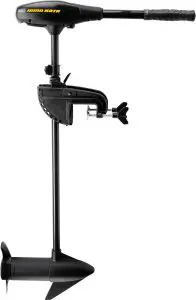 Firstly, it is important to mention this: “trolling†is just another word for fishing, so trolling motors are essentially those used by those who like to get out on the water and fish. They are small motors that can be attached to the smallest of boats (including kayaks and canoes) through to larger vessels, and are generally attached to the stern.
Firstly, it is important to mention this: “trolling†is just another word for fishing, so trolling motors are essentially those used by those who like to get out on the water and fish. They are small motors that can be attached to the smallest of boats (including kayaks and canoes) through to larger vessels, and are generally attached to the stern.
Most trolling motors are electrically powered, ensuring that noise levels (and running costs) are kept to a minimum. It is also possible to find petroleum-powered trolling motors though, although they are much rarer.
But why do anglers use trolling motors? Well, the main reason is that they allow longer distances to be covered with ease. After all, would you really want to paddle the entire length of a huge lake, wasting valuable fishing time?
They can also be pretty cheap to purchase, meaning that they are suitable for anglers of all budgets, although the more advanced ones can cost a rather hefty sum of money.
What Laws Are There Surrounding Trolling Motors?
As with many different things, the laws regarding trolling motors vary from state to state. Rules can also vary between different bodies of water in the same state, so it always pays to check the regulations before launching your boat/kayak and heading out for your fishing trip.
Some of the more commonly seen regulations surrounding the use of trolling motors on stretches of water include:
- The vessel must be registered and titled, and the registration card should be carried at all times while the vessel is in use
- Distress signals, such as flares, must be carried at all times. This is especially the case for coastal waters under USCG jurisdiction
- Navigational lights are often required, however this can come in the form of a simple hand torch
- A sound-producing device should be carried on-board, in case of emergency. Most generally carry a whistle if this is a requirement
- A PFD must often be worn, with the rules often stricter for those under the age of 13. Kayaks and canoes are often exempt from this though
What Maintenance Do Trolling Motors Need?
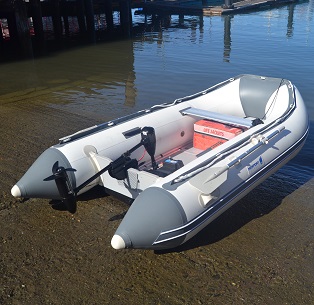 Trolling motors are generally incredibly hardy pieces of machinery, however they do still need regular maintenance. Without this maintenance, the motor can perform at less than peak levels or, in some cases, break down altogether. Luckily for owners of trolling motors though, the maintenance regime really isn’t a taxing one.
Trolling motors are generally incredibly hardy pieces of machinery, however they do still need regular maintenance. Without this maintenance, the motor can perform at less than peak levels or, in some cases, break down altogether. Luckily for owners of trolling motors though, the maintenance regime really isn’t a taxing one.
The easiest aspect of trolling motor maintenance is the exterior. During this, you should check all the screws and bolts, tightening them if necessary, and also remove any weeds or detritus. This external clean won’t just help the motor to run better, but will also give it a nice, clean look, making it a trolling motor you can be proud of.
You can also check the shaft while cleaning the exterior, as it can sometimes become sticky. If it is starting to stick, a light application of a product such as Armor All will remedy the problem.
You should then go on to do some maintenance on the prop. Make sure there are no areas of damage on the prop, which could have been caused by a particularly hard surface, such as a rock. Any scratches can also be treated, using some fine sandpaper. Not treating them won’t hurt too much, however these scratches can slightly affect performance.
While checking the prop, weeds and fishing line should also be removed. This might necessitate removing the prop altogether, so follow the manufacturer’s guidelines closely when doing this.
The final parts of the trolling motor to look at during maintenance are the electrical components. Any wire that has become worn or frayed should be replaced, while all connections should be checked for corrosion. Any loose connections should be reattached.
It’s also important to make sure all the wiring is neatly hidden away and secured, so that it isn’t damaged while the motor is in use. During this stage, you can also clean the battery using a wire brush. In goes without saying that you should be careful when handling the battery, and that it should not be connected to anything when you do.
How to Choose a Trolling Motor
 Now comes the really important part – the part that will allow you to choose the very best trolling motor for your personal needs. With so many trolling motors out there, it should allow you to cut through the ones that aren’t suitable for you, making your job that much easier.
Now comes the really important part – the part that will allow you to choose the very best trolling motor for your personal needs. With so many trolling motors out there, it should allow you to cut through the ones that aren’t suitable for you, making your job that much easier.
There are many different things to consider when choosing a trolling motor, most of which are equally as important as the others. One of these important factors to consider is thrust, which is essentially the amount of power a trolling motor has. The larger your vessel, the more thrust will be needed in order to achieve maximum performance.
So, for example, a vessel with a length of 14 feet will need 32 pounds of thrust to perform optimally, while a vessel of 20 feet will need 74 pounds of thrust. Of course, the more powerful a trolling motor, the more expensive it will generally be, but there’s no point trying to get away with not having an adequate amount of power simply to save some cash.
It is then important to consider which power system to choose for your trolling motor, and they generally come in three types: 12V, 24V and 36V. For smaller vessels (those under 16ft), a 12V motor with high thrust is generally acceptable. Vessels that are larger though will have to have a 24V or 36V motor though.
It’s also important to decide where you want your trolling motor to be positioned. You’ll be able to find both bow-mount and transom motors for sale, and most people go for the latter. This is especially true when it comes to smaller vessels and kayaks, as a bow-mounted trolling motor needs plenty of space at the front of the boat in order to fit properly.
If you do have room for a bow-mount though, it might be worth it, as this type of trolling motor provides better control and maneuverability.
It’s also very important to get the shaft length of your trolling motor correct. If it is too short, you’ll find it won’t provide maximum performance during slightly adverse conditions; if it is too long, it will be tough to operate in shallower water.
Those intending to fit the motor to a kayak should choose a shaft that is short, while those in larger boats will need to choose a shaft that is slightly longer than the height of the bow/stern.
There are also added extras that can be added to a trolling motor, and whether you choose them is completely down to your personal preference – as well as your bank account. One of the most popular features is a battery gauge, as these will ensure you don’t find yourself stranded in the middle of a lake, having run out of battery.
Some more expensive trolling motors now also have digital displays attached to them, which help massively when trying to locate fish.
So, there are many things to consider when buying a trolling motor. This means that you must spend some time searching for the best trolling motor for you, and definitely shouldn’t make a spur of the moment decision.
If you spend some time and pick the trolling motor that’s right for you, you’ll be extremely happy with your purchase; if you end up with an unsuitable trolling motor, you will find that it only adds stress and concern to your fishing experience.
Buying a Trolling Motor Battery
If you’ve purchased an electric trolling motor, you’re going to also need to purchase a battery to go with it. Don’t worry though, as these don’t have to be expensive, so you should be able to find one, regardless of your budget.
But what should you look for when looking for the best trolling motor batteries? Here are the most important factors you should consider.
- Battery Life. You need your battery to be able to hold a charge for a reasonably long time, otherwise you could find yourself stranded without any power.
- Vibration. Batteries will almost certainly vibrate, but the best ones keep this to a minimum. Batteries that vibrate less will be less prone to malfunctioning, leading to less expense for you in the long run.
- Spill-Proof. Checking whether a battery is spill-proof is really important. This is because spill-proof batteries will protect against acid escaping. What’s more, spill-proof batteries can be mounted anywhere on the vessel, making them really convenient.























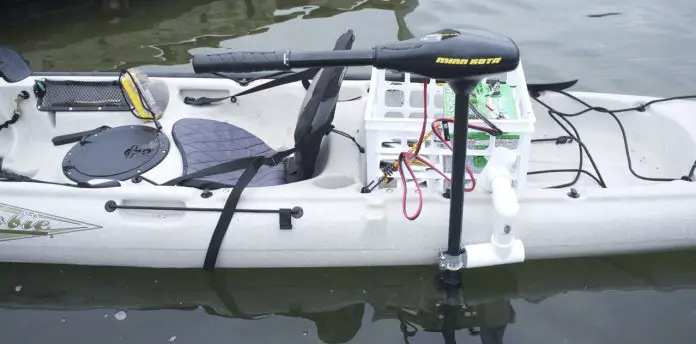
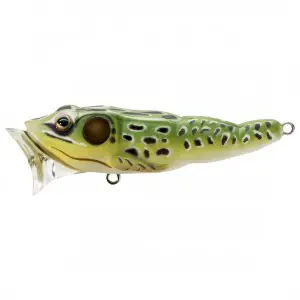
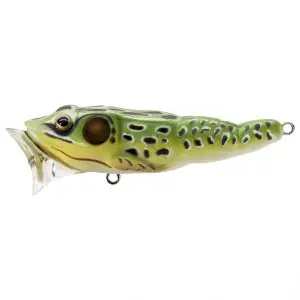
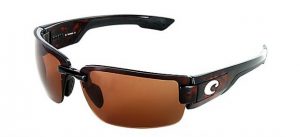
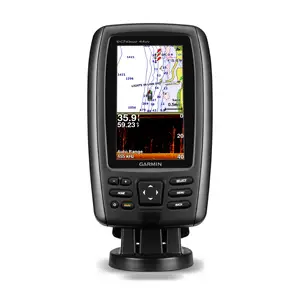
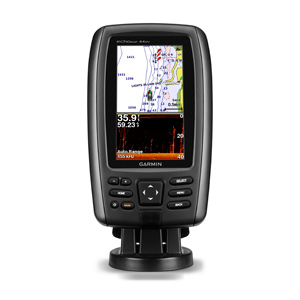
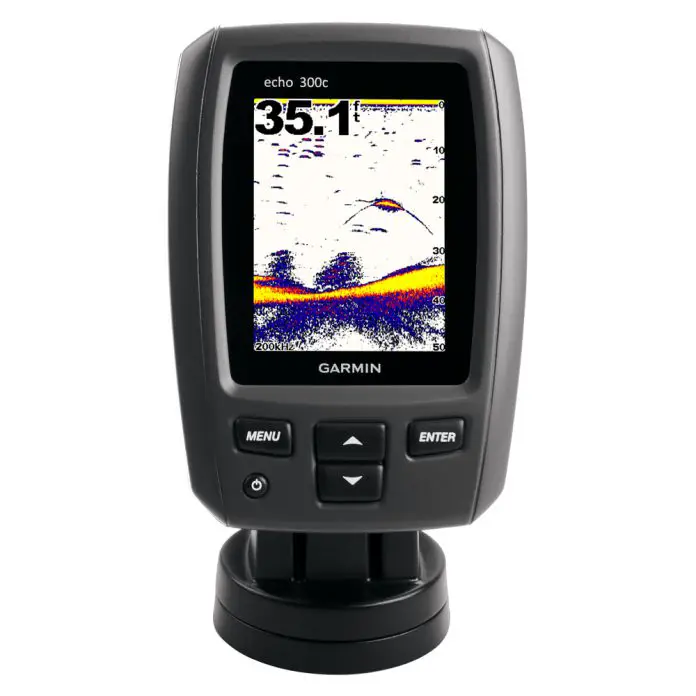

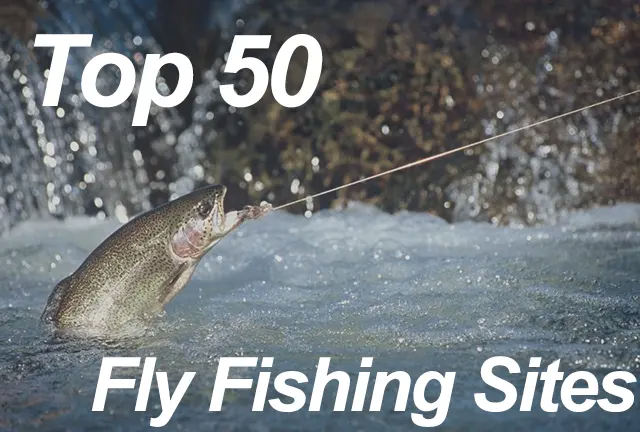







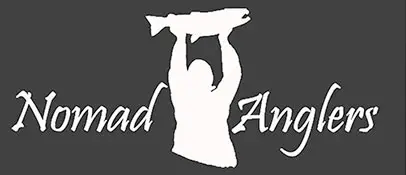




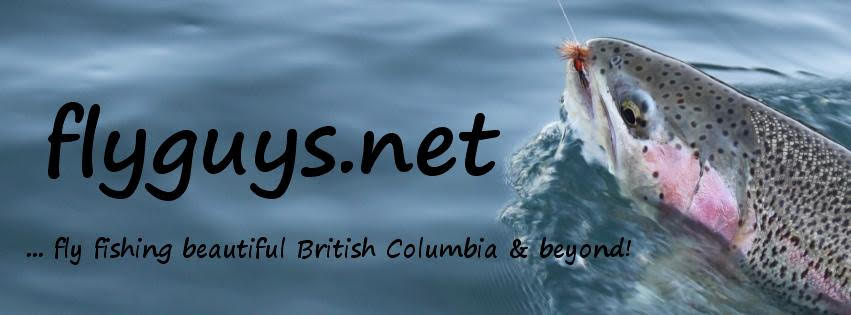




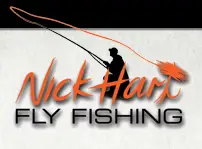





















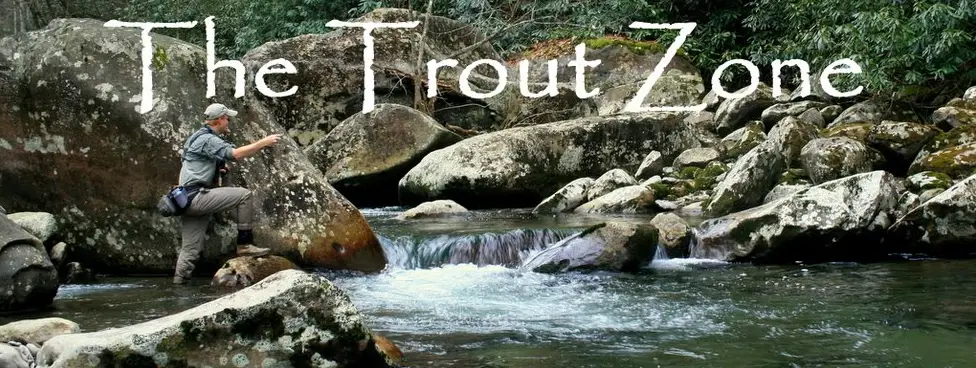

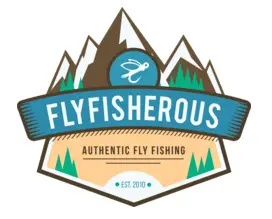
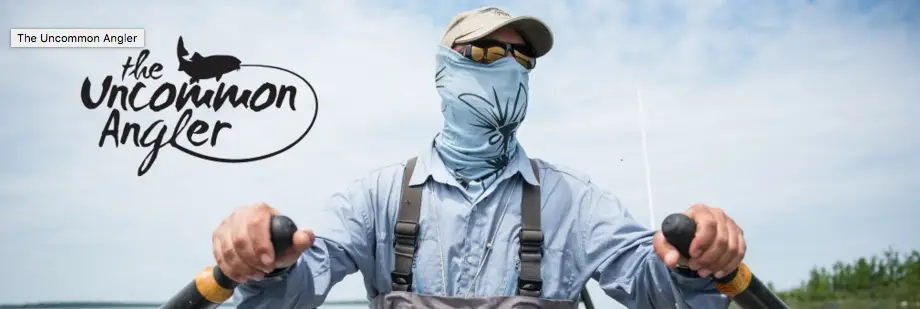







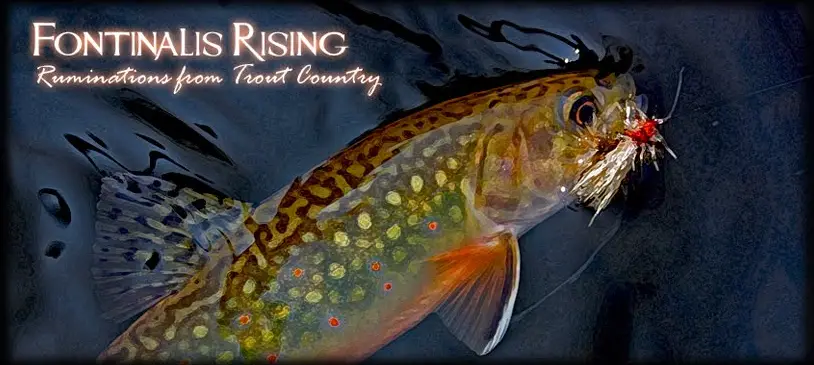



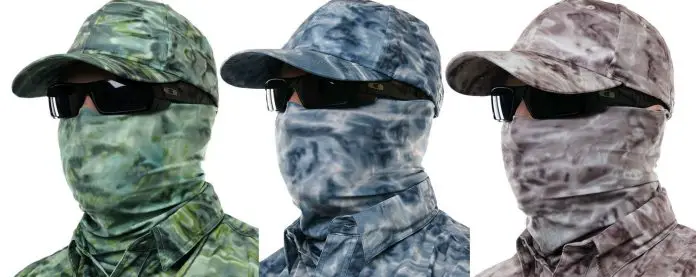
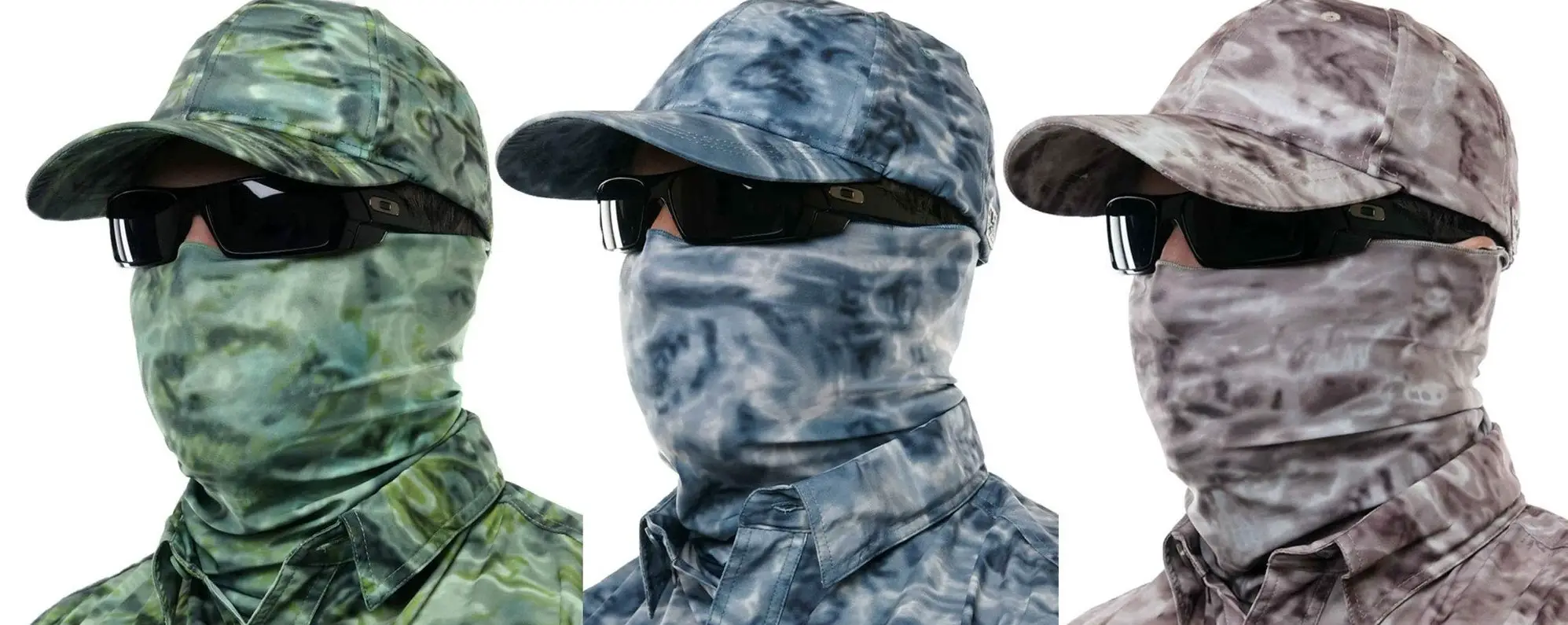




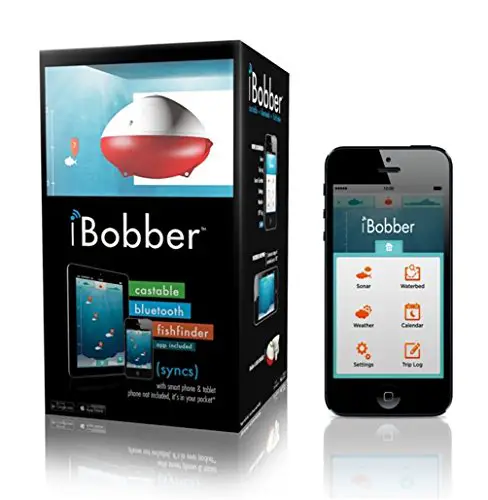
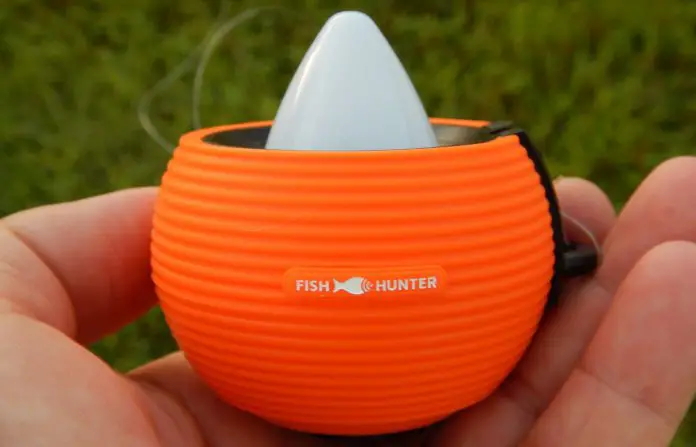
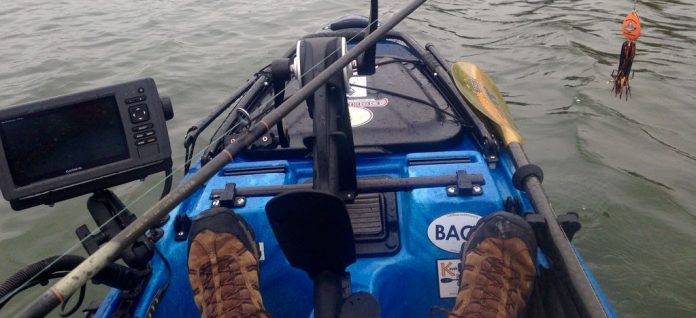
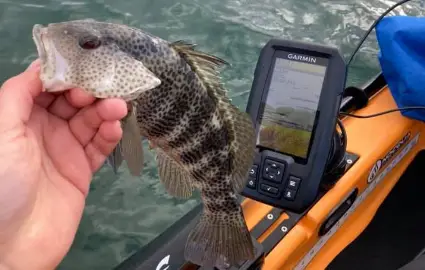
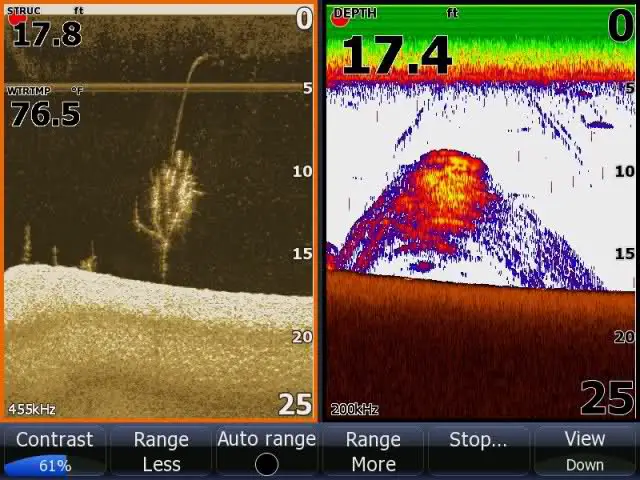
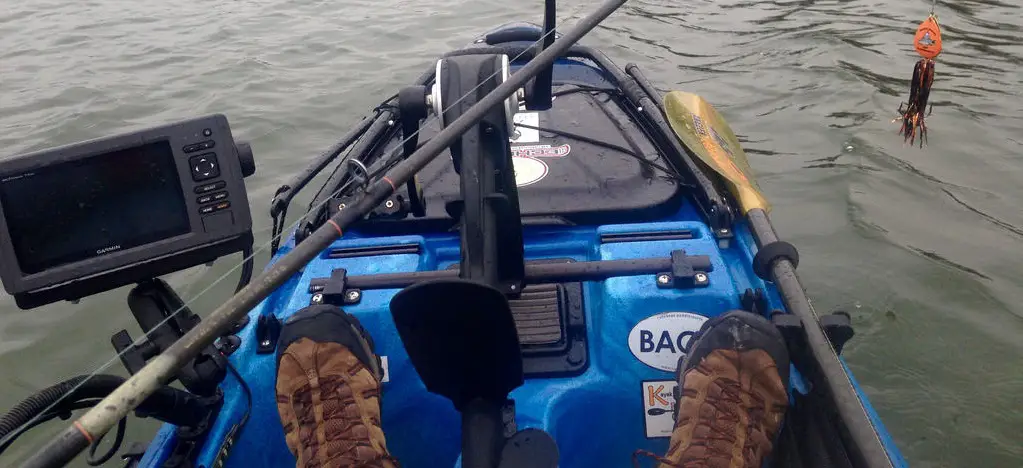
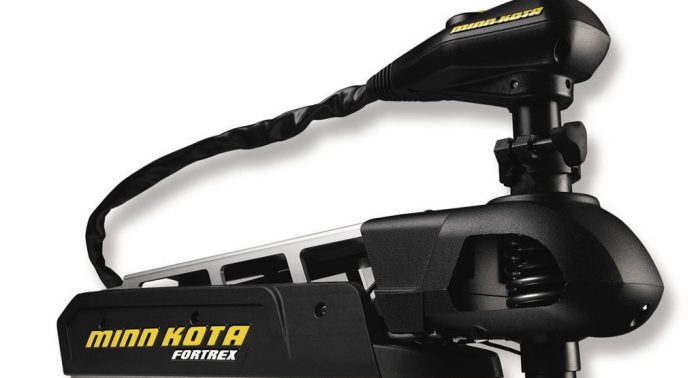
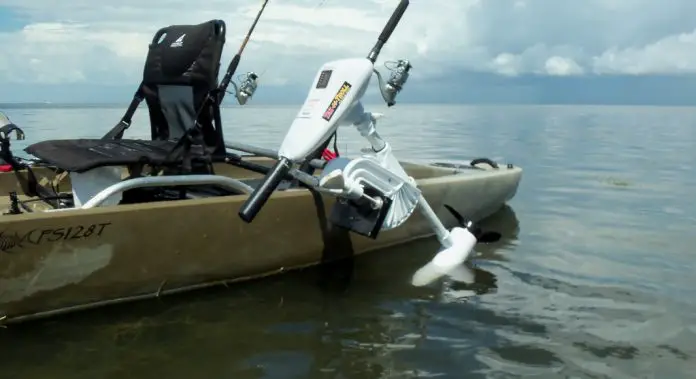
 Firstly, it is important to mention this: “trolling†is just another word for fishing, so trolling motors are essentially those used by those who like to get out on the water and fish. They are small motors that can be attached to the smallest of boats (including kayaks and canoes) through to larger vessels, and are generally attached to the stern.
Firstly, it is important to mention this: “trolling†is just another word for fishing, so trolling motors are essentially those used by those who like to get out on the water and fish. They are small motors that can be attached to the smallest of boats (including kayaks and canoes) through to larger vessels, and are generally attached to the stern. Trolling motors are generally incredibly hardy pieces of machinery, however they do still need regular maintenance. Without this maintenance, the motor can perform at less than peak levels or, in some cases, break down altogether. Luckily for owners of trolling motors though, the maintenance regime really isn’t a taxing one.
Trolling motors are generally incredibly hardy pieces of machinery, however they do still need regular maintenance. Without this maintenance, the motor can perform at less than peak levels or, in some cases, break down altogether. Luckily for owners of trolling motors though, the maintenance regime really isn’t a taxing one. Now comes the really important part – the part that will allow you to choose the very best trolling motor for your personal needs. With so many trolling motors out there, it should allow you to cut through the ones that aren’t suitable for you, making your job that much easier.
Now comes the really important part – the part that will allow you to choose the very best trolling motor for your personal needs. With so many trolling motors out there, it should allow you to cut through the ones that aren’t suitable for you, making your job that much easier.